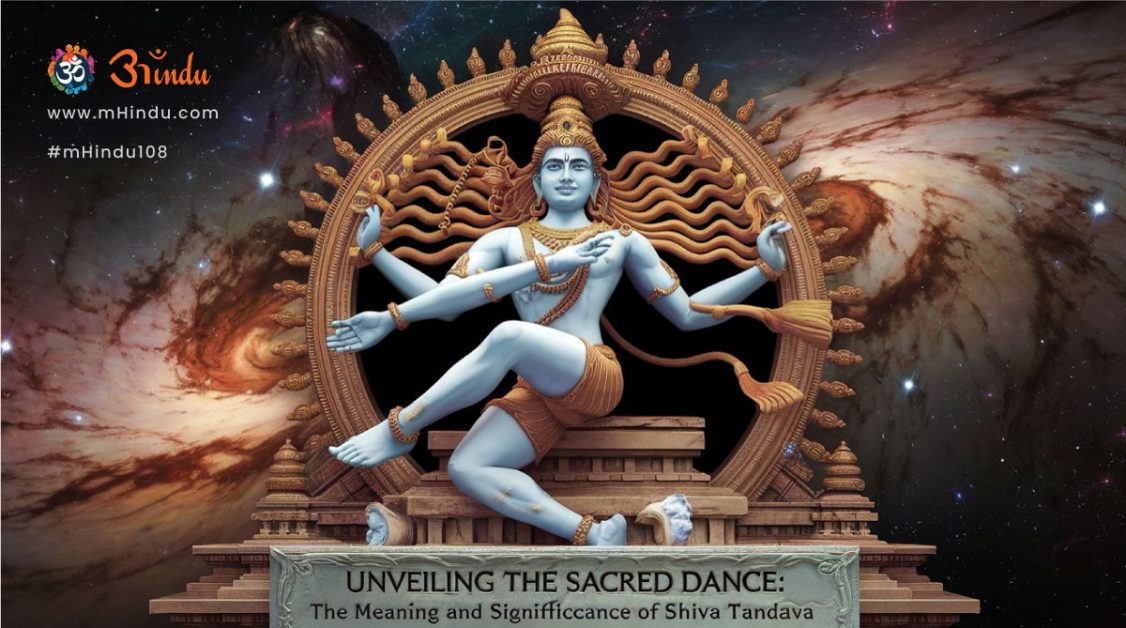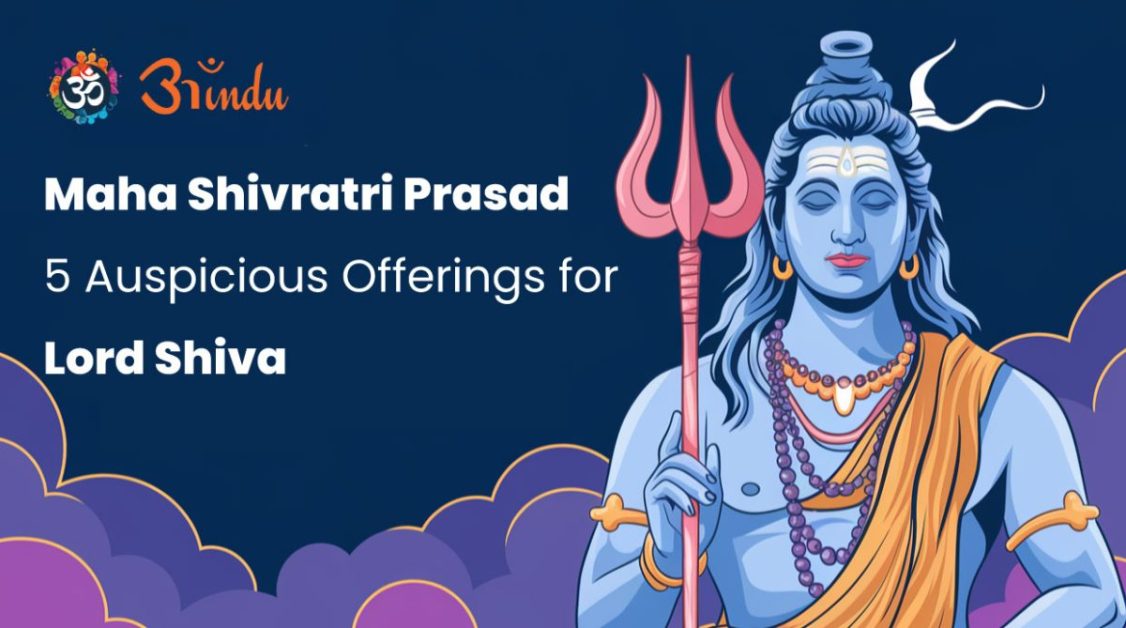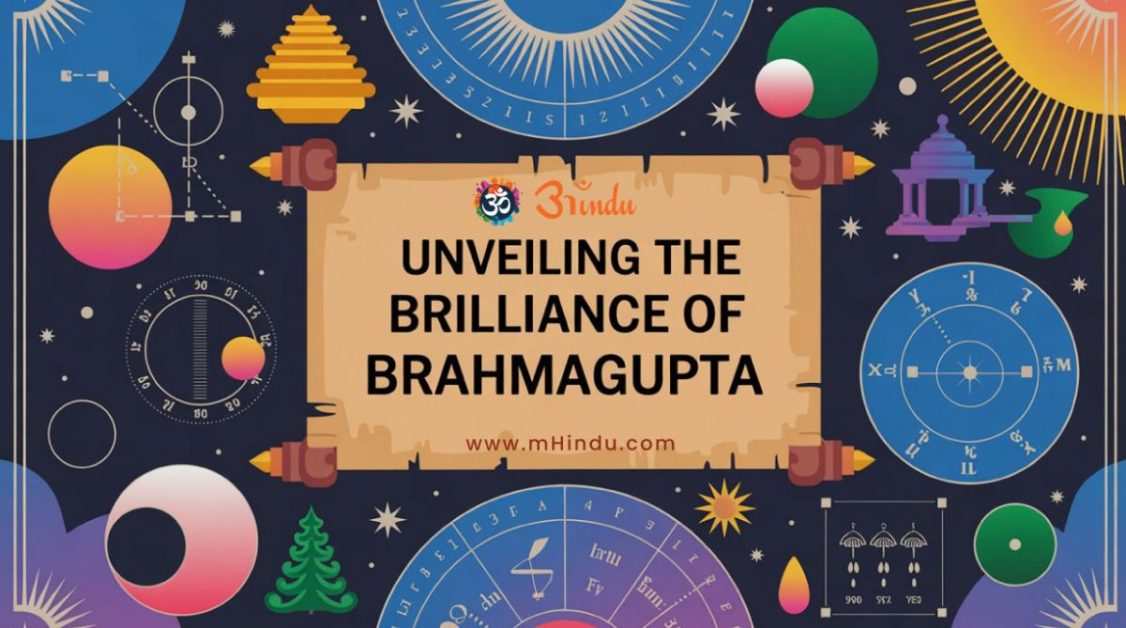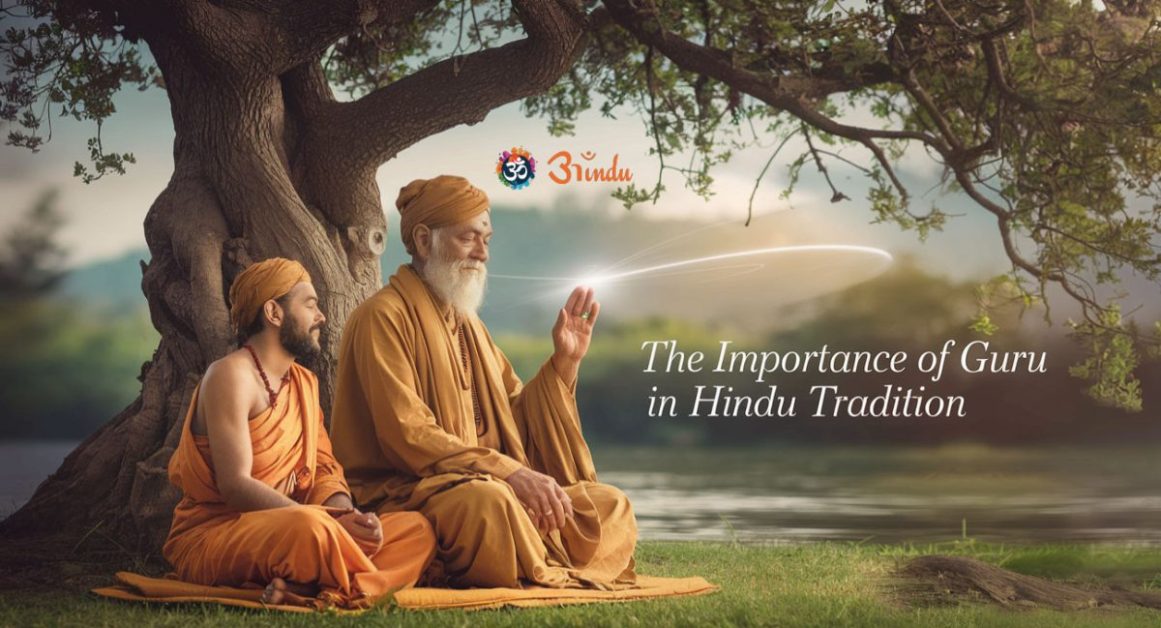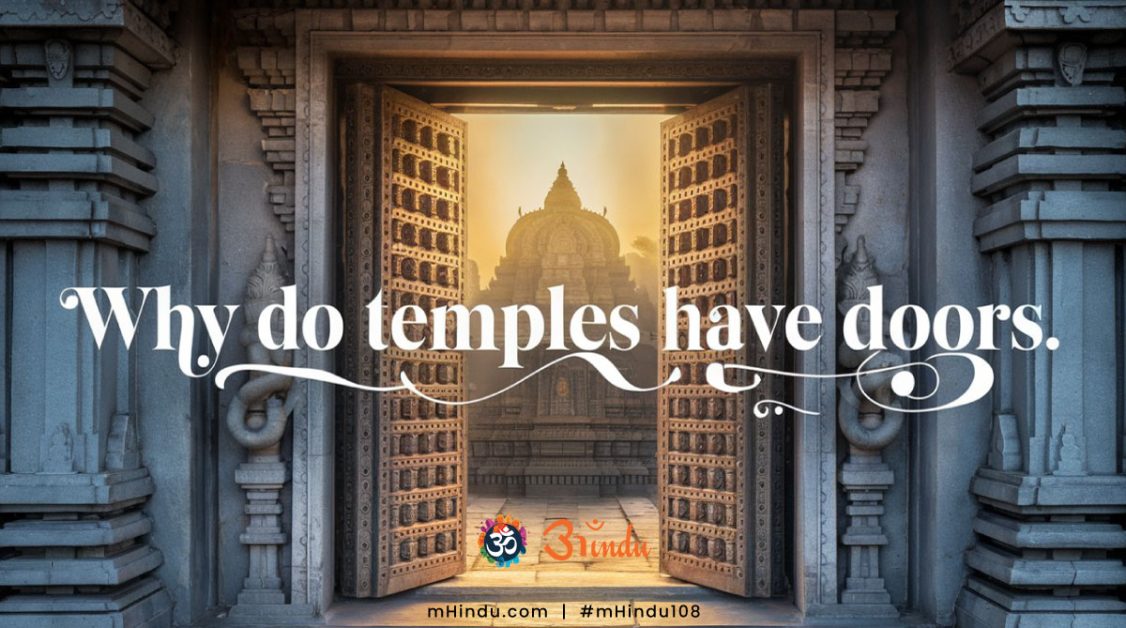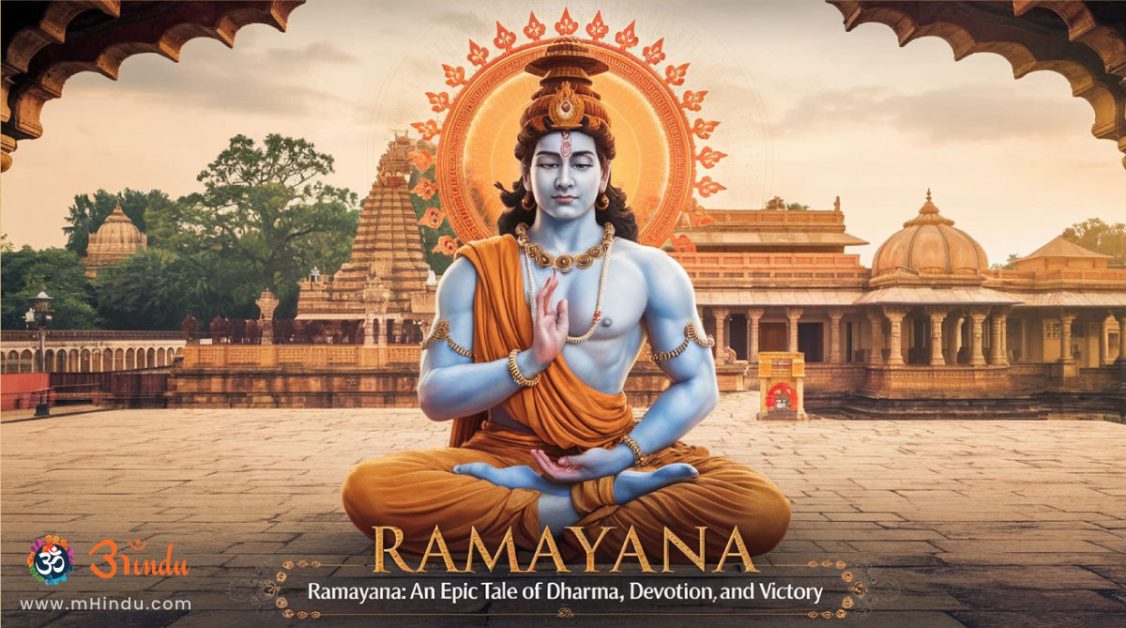
In the heart of Hindu culture lies the Ramayana, an epic that transcends time and continues to inspire millions. This narrative, rich in moral lessons and cultural significance, tells the story of Ramayana, an embodiment of righteousness, and his journey through trials and triumphs. For the Hindu community and followers of Sanatan Dharma, the Ramayana is more than just a story; it’s a guide to living a virtuous life.
Explore Blog Content
ToggleThe Essence of the Ramayana
The Ramayana, primarily authored by Valmiki, narrates the life of Lord Rama, the prince of Ayodhya. It’s a tale of his exile, the abduction of his wife Sita by the demon king Ravana, and the epic battle to rescue her. The epic is revered for its profound teachings on dharma (duty), loyalty, love, and the eternal battle between good and evil.
Key Characters and Their Significance
- Lord Rama: The protagonist, an avatar of Vishnu, represents ideal manhood, embodying virtue, courage, and compassion. His life is a lesson in righteousness and adherence to dharma.
- Sita: The epitome of purity and devotion, Sita is revered for her unwavering loyalty and strength. Her character highlights the importance of virtue and resilience in the face of adversity.
- Hanuman: A symbol of unwavering devotion and strength, Hanuman plays a crucial role in Lord Rama‘s quest to rescue Sita. His dedication and service are exemplary.
- Ravana: The antagonist, a powerful demon king, represents evil and arrogance. His defeat symbolizes the victory of good over evil.
The Narrative Journey
The Ramayana unfolds through seven Kandas (chapters), each detailing a significant phase of Lord Rama‘s life:
- Bala Kanda: Describes the birth and childhood of Lord Rama and his brothers.
- Ayodhya Kanda: Focuses on the events leading to Lord Rama‘s exile.
- Aranya Kanda: Details Lord Rama‘s life in the forest.
- Kishkindha Kanda: Narrates Lord Rama‘s alliance with the monkey king Sugriva.
- Sundara Kanda: Highlights Hanuman‘s journey to Lanka and his meeting with Sita.
- Yuddha Kanda: Depicts the epic battle between Lord Rama and Ravana.
- Uttara Kanda: Covers the later years of Lord Rama‘s reign and the final events of the Ramayana story.
The Ramayana’s Enduring Relevance
The Ramayana‘s teachings are timeless, offering guidance on various aspects of life:
- Dharma: The epic emphasizes the importance of fulfilling one’s duty with integrity and righteousness.
- Family Values: It highlights the significance of familial bonds, loyalty, and respect.
- Moral Conduct: The characters exemplify ethical behavior, teaching the importance of honesty, compassion, and courage.
- Spiritual Growth: The Ramayana encourages spiritual reflection and the pursuit of moksha (liberation).
The Ramayana in Contemporary Hindu Life
The Ramayana continues to influence Hindu culture in numerous ways:
- Religious Practices: The epic is recited and enacted in various religious ceremonies and festivals.
- Art and Literature: It serves as a source of inspiration for countless artistic and literary works.
- Moral Compass: The characters and their actions provide a framework for ethical decision-making.
- Cultural Identity: The Ramayana reinforces the values and traditions of the Hindu community, fostering a sense of unity and shared heritage.
The Ramayana: A Source of Inspiration
The Ramayana‘s narrative is filled with instances that inspire and guide:
- Lord Rama‘s unwavering commitment to his dharma, even in exile.
- Sita‘s resilience and purity in the face of captivity.
- Hanuman‘s selfless service and devotion to Lord Rama.
- The ultimate triumph of good over evil, reinforcing the power of righteousness.
The Ramayana: A Bridge Between Generations
The Ramayana‘s stories are passed down through generations, ensuring that its teachings remain relevant. Grandparents narrate the epic to children, and families gather to watch Ramayana-based performances, fostering a connection to their cultural roots.
The Ramayana: A Global Epic
The Ramayana‘s influence extends beyond India, with various versions and adaptations found across Southeast Asia and other parts of the world. Each adaptation reflects local cultures while preserving the core essence of the epic.
The Ramayana: A Call to Action
The Ramayana encourages readers to reflect on their actions and strive for a life of virtue and righteousness. It calls upon the Hindu community to uphold the values of dharma, compassion, and devotion in their daily lives.
The Ramayana: A Timeless Treasure
In conclusion, the Ramayana is not just an ancient epic; it’s a living narrative that continues to guide, inspire, and unite the Hindu community. Its teachings on dharma, devotion, and the triumph of good over evil remain as relevant today as they were centuries ago. The Ramayana invites us to embrace its wisdom and live a life of purpose and integrity.
FAQs about the Ramayana
- What is the central theme of the Ramayana?
The central theme of the Ramayana revolves around the concept of dharma, which encompasses duty, righteousness, and moral order. The epic explores the triumph of good over evil, highlighting the importance of virtuous conduct, loyalty, and devotion through the lives of its main characters, particularly Lord Rama and Sita. The narrative underscores the significance of upholding moral principles and fulfilling one’s responsibilities, providing a framework for ethical living within the Hindu community and beyond. - How does the Ramayana influence Hindu culture and values?
The Ramayana profoundly influences Hindu culture and values by serving as a moral and ethical guide. It shapes the ideals of family relationships, emphasizing respect, loyalty, and love. The epic’s characters, such as Lord Rama, Sita, and Hanuman, are revered as embodiments of virtue, devotion, and courage, providing role models for Hindus. Through its narrative, the Ramayana reinforces the importance of dharma, guiding individuals to live a life of integrity, compassion, and righteousness, thereby deeply embedding cultural and moral values within the Hindu community. - Who are the key characters in the Ramayana, and what do they represent?
The Ramayana features several key characters, each representing significant virtues and ideals. Lord Rama embodies righteousness, courage, and ideal manhood. Sita represents purity, loyalty, and strength. Hanuman symbolizes devotion, service, and unwavering faith. Ravana, the antagonist, represents evil and arrogance. These characters and their interactions illustrate the epic’s central themes of good versus evil, dharma, and devotion, providing moral and ethical lessons for the Hindu community. - What are the different versions of the Ramayana?
While Valmiki’s Ramayana is considered the primary version, numerous adaptations and retellings exist across India and Southeast Asia. Tulsidas’s Ramcharitmanas is a popular version in North India, while Kamban’s Ramavataram is celebrated in Tamil Nadu. Each version adapts the story to local languages and cultural contexts, yet preserves the core narrative and teachings of the Ramayana, reflecting its widespread influence and adaptability within the Hindu community and beyond. - How does the Ramayana relate to other Hindu scriptures?
The Ramayana is closely related to other Hindu scriptures, particularly the Mahabharata and the Puranas. As part of the Itihasa (historical narratives), it complements the philosophical and theological teachings found in the Vedas and Upanishads. The Ramayana illustrates abstract concepts of dharma and karma through its engaging narrative, making it accessible and influential for the Hindu community. Its stories and characters are often referenced in other scriptures, reinforcing its central role in Hindu religious and cultural traditions. - What lessons can modern society learn from the Ramayana?
Modern society can derive numerous valuable lessons from the Ramayana. The epic emphasizes the importance of ethical leadership, integrity, and fulfilling one’s duties. It teaches about the strength of character, resilience in adversity, and the significance of family values. The Ramayana also highlights the destructive consequences of arrogance and the ultimate triumph of good over evil. These timeless lessons provide a framework for moral conduct and harmonious living, applicable to individuals and communities in today’s world. - How is the Ramayana celebrated and performed in Hindu communities?
The Ramayana is celebrated and performed in Hindu communities through various cultural and religious events. Ramayana recitations (Ramayana Path) are common, and dramatic performances known as Ramlila enact the epic’s key episodes, particularly during festivals like Dussehra. These performances, often accompanied by music and dance, serve to educate and entertain, reinforcing the epic’s teachings and values within the Hindu community. The Ramayana‘s stories are also depicted in art, literature, and films, further ensuring its continued relevance. - What is the significance of the Ramayana in the context of Sanatan Dharma?
In the context of Sanatan Dharma, the Ramayana holds immense significance as a foundational text that elucidates core principles and values. It embodies the essence of dharma, karma, and moksha, providing a narrative framework for understanding the path to righteousness and spiritual liberation. The epic’s characters serve as exemplars of ideal conduct, guiding followers of Sanatan Dharma in their pursuit of a virtuous life. The Ramayana‘s teachings are deeply woven into the fabric of Sanatan Dharma, influencing its religious practices, moral philosophy, and cultural expressions.


